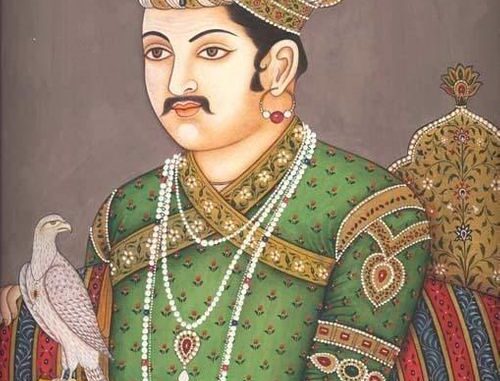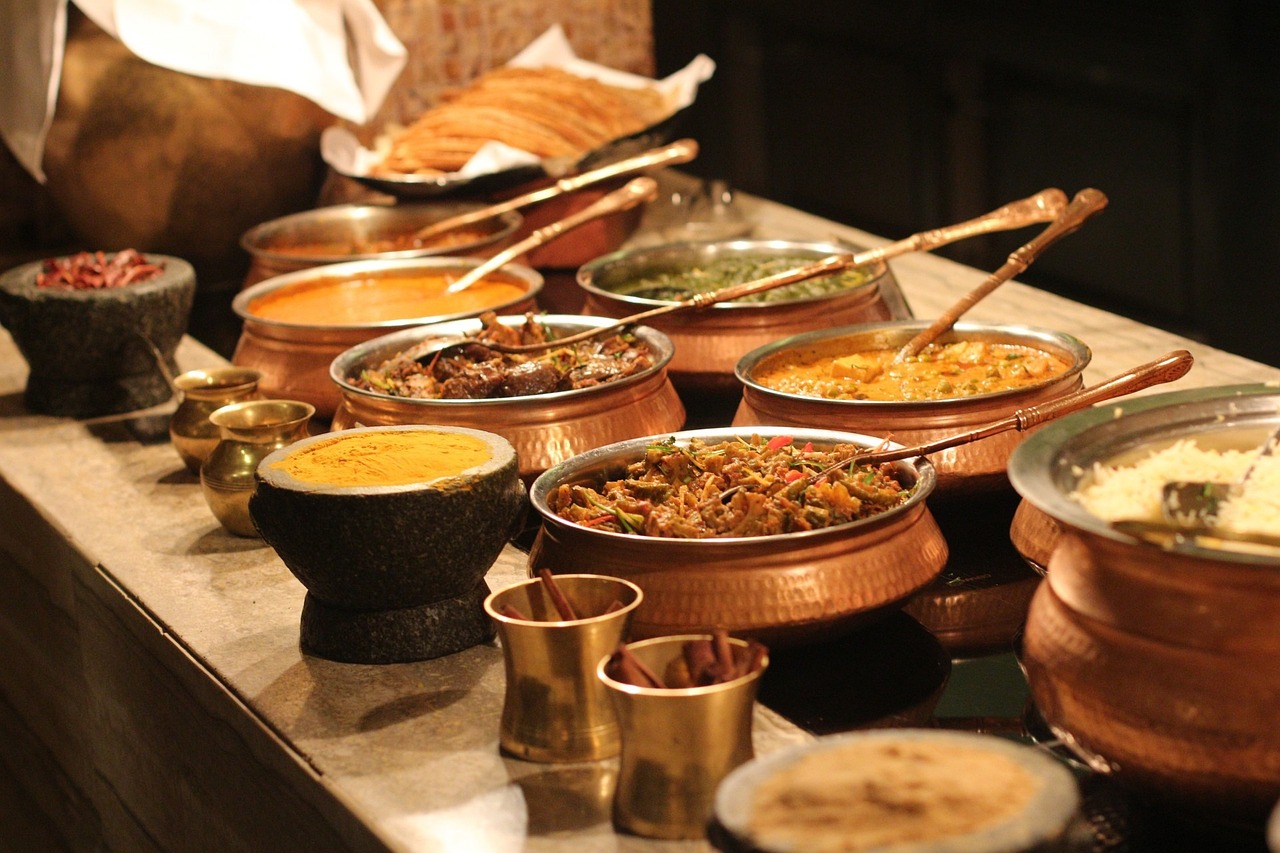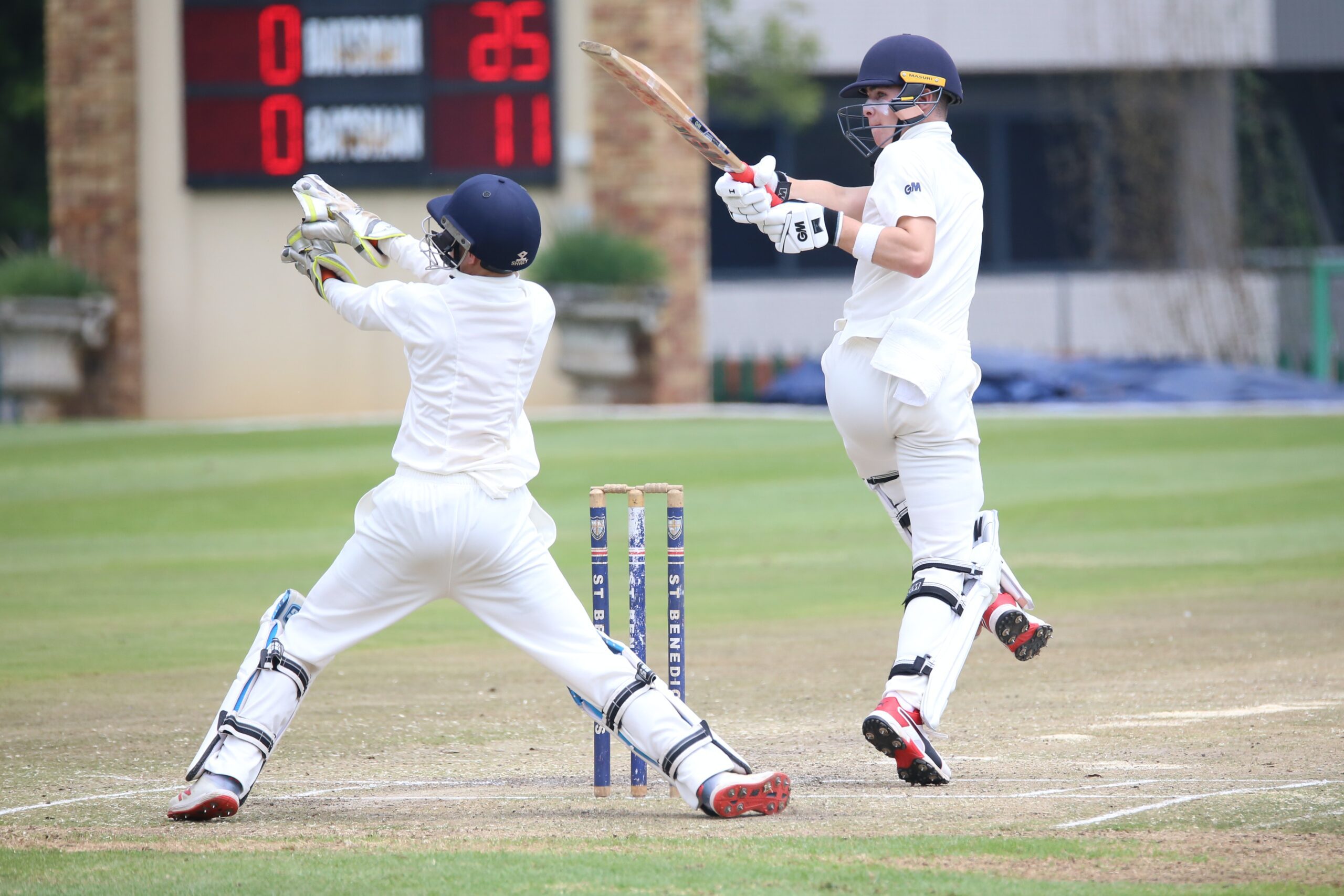The nine Gems of Akbar, also known as the Navratnas, were a group of nine exceptionally talented and accomplished individuals who served as advisors and scholars at the court of the Mughal Emperor, Akbar the Great during the 16th century. These individuals were highly skilled in various fields such as literature, music, and political strategy, and they played a significant role in shaping the culture and policies of the Mughal Empire.
Birbal
- He was a courtier (a person who attends a royal court as a companion or adviser to the king or queen) in the administration of Akbar.
- His real name was Mahesh Das.
- He was given the title of RAJA by Akbar.
- He was known for his wit and humorous exchanges with Akbar.
Tansen
- He is believed to be one of the greatest musicians of all time.
- He was born to a Hindu family.
- He served as a court musician to King Ramachandra of Mewar and was then sent to Akbar’s court.
- He accepted Islam at the hands of great sufi saint Shaikh Muhammad Ghaus of Gwalior.
- It was believed that Tansen used to do miracles such as bringing rain and fire through his singing of the ragas such as Megh Malhar and Deepak.
Raja Todarmal
- He was Akbar’s finance minister.
- He introduced standard weights for measurement and undertook revenue districts.
- His revenue collection arrangement came to be known as the Todarmal’s Bandobast.
- His systematic approach to revenue collection became a model for the future Mughals as well as the Britishers.
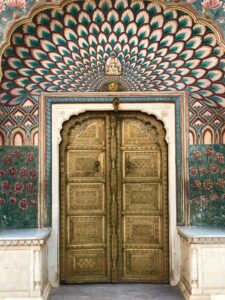
Raja Man Singh
- He was the Raja of Amber, a Mansabdar* and a trusted General of Akbar.
- He was the grandson of Akbar’s father-in-law Bharmal and the adopted son of Raja Bhagwan Das.
- He assisted Akbar in many battles including the well known Battle of Haldighati.
*Mansabdar means a person having a mansab (which means a role). In the mansabdari system founded by Akbar, the mansabdars were military commanders, high civil and military officers, and provincial governors.
Abul Fazal
- He was the Wazir of Akbar.
- He wrote the Akbarnamah and also led the Mughal imperial army in it’s war in Deccan.
Faizi Abul
- He was Abul Fazal’s brother and a historian in Akbar’s court.
- His famous work included Lilavati on mathematics subject.
- Akbar appointed him as the teacher for his son.
Abdul Rahim Khan-e-Khana
- He was a poet and the son of Bairam Khan.
- He was known for his Hindi couplets.
Faqir Azio Din
- He was the chief advisor of Akbar.
- He was a sufi mystic.
Mullah Do Plaza
- He was among the Mughal emperor’s chief advisor.
Conclusion :
The Nine Gems of Akbar were not just notable for their individual talents and accomplishments, but also for the diversity of their backgrounds and skills. The group included scholars and artists from a variety of religious and cultural traditions, including Hinduism, Islam, and Zoroastrianism. This diversity was reflected in the cultural policies of Akbar’s court, which was known for its tolerance and support of a wide range of artistic and intellectual pursuits.
The nine gems of Akbar were a testament to the importance of cultivating and valuing diverse perspectives and talents. Overall, the Nine Gems of Akbar played a vital role in the flourishing of arts and culture during the Mughal period, and their legacy continues to inspire and influence people around the world.
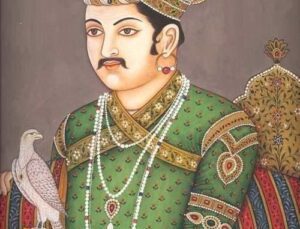

Navratnas in Akbar’s court – 9 gems of Akbar
ALSO READ : Mughal empire in India : History in simple words
ALSO READ : Learnings from Mahabharata : 10 points to increase your knowledge
ALSO READ : Learnings form Bhagavad Gita : 10 points to inculcate
ALSO READ : Seven wonders of the world – latest list






